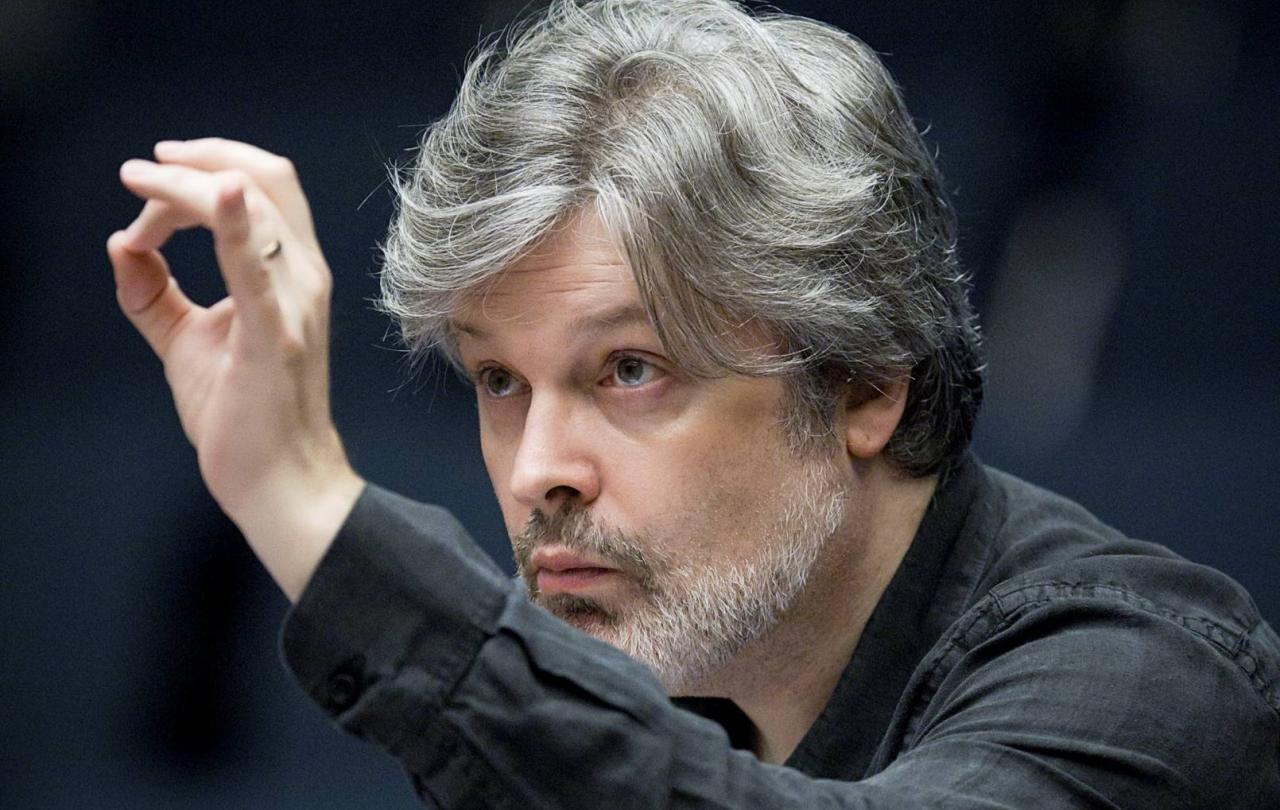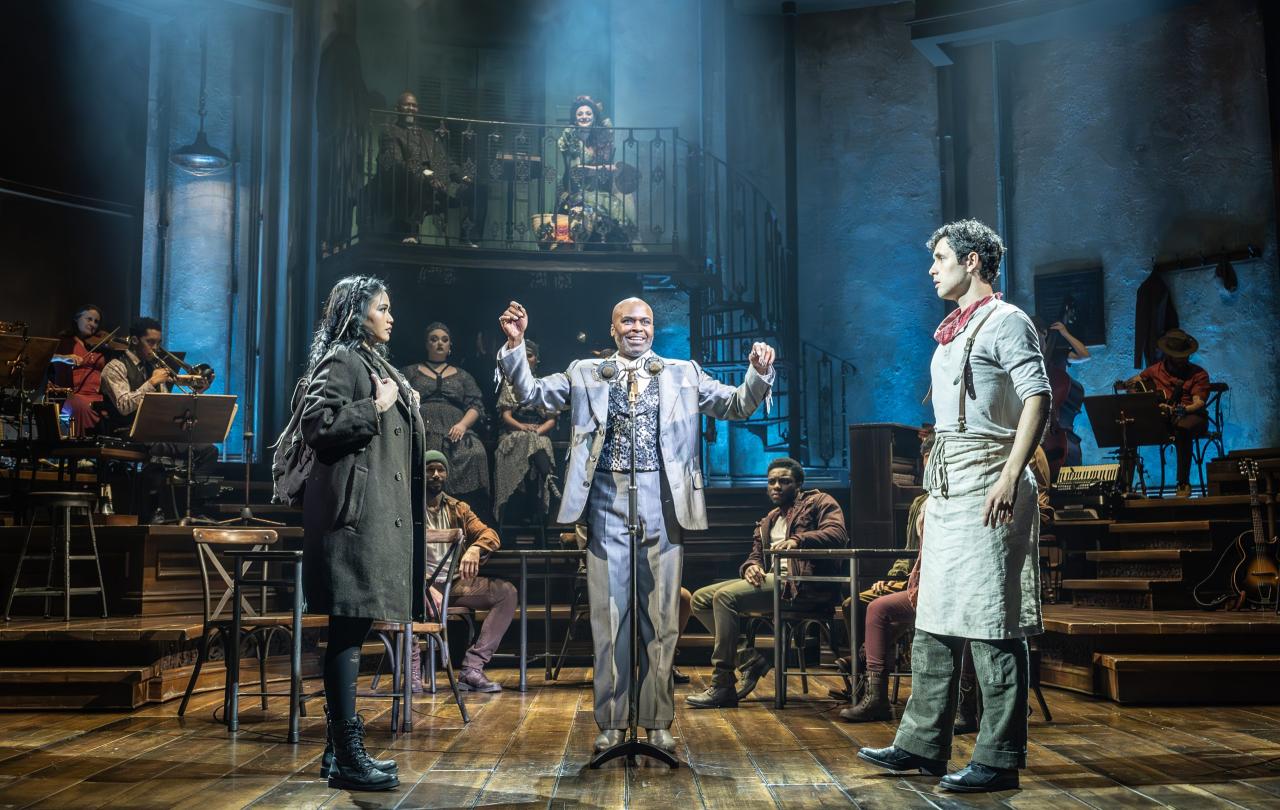
Sir James MacMillan is one of today’s most successful composers, as is evidenced by his achievements in 2024. This year alone has seen the premiere of a new work for choir ‘Ordo Virtutum’ (January), the UK premiere of his cantata ‘Fiat Lux’ (March), the premiere of his new version of Robert Burns’ song ‘Composed in August’ (March), the premiere of his ‘Concerto for Orchestra’ (September), and the premiere of his ‘Duet for Horn and Piano’ (November).
Back in March he also became the 26th Fellow of The Ivors Academy, joining a rollcall of extraordinary composers and songwriters, including John Rutter, John Adams, Sir Elton John, Sir Paul McCartney, Dame Judith Weir and Sting. While, in September, he accepted the Sky Arts Classical Music Award 2024 on behalf of The Cumnock Tryst, the annual music festival he founded in his hometown, which brings together many local community groups on stage alongside some of the world’s most acclaimed musicians.
His music, which is notable for its energy and emotion, is imbued with influences from his Scottish heritage, Catholic faith, social conscience and close connection with Celtic folk music, blended with influences from Far Eastern, Scandinavian and Eastern European music. Accordingly, Tom Gray, Chair of The Ivors Academy, describes MacMillan as “a titan of music, generous in his creativity and craft” and “a foremost proponent of the power of music to communicate and forge bonds”.
He first became internationally recognised after the extraordinary success of ‘The Confession of Isobel Gowdie’ at the BBC Proms in 1990. Since then, his prolific output has been performed and broadcast around the world with his major works including his most performed work the percussion concerto ‘Veni, Veni, Emmanuel’ (1992), a cello concerto for Mstislav Rostropovich (1996), an opera ‘The Sacrifice’ (2007), the ‘St John Passion’ (2008), and five symphonies. For his services to music, he was awarded a CBE in 2004 and a knighthood in 2015.
“In this age of unbelief, the search for the sacred in art and music hasn’t gone away”.
As will be clear from the titles of works cited thus far, many of his works, such as ‘Ordo Virtutum’, a setting of a sacred music drama by Hildegard of Bingen concerned with the struggle for the human soul in a battle between good and evil, and ‘Fiat Lux’, a celebration of the divine gift of light, directly express his Catholic faith. David Clayton writes that, “Aside from being one of the greatest living composers and conductors of classical music, Sir James is a Catholic whose faith informs all his work”. Clayton also describes him as “a deep thinker who communicates clearly the nature of the creative process when one seeks to create beauty to bring Glory to God”.
MacMillan believes that “Far from being a "spent force", religion has proved to be a vibrant, animating principle in modern music and continues to promise much for the future.” When he speaks about music and the idea of the sacred, as he did most recently at The Sheldonian Theatre in Oxford in October, he emphasises that music seems to be “the most spiritual of the arts, and composers have always seemed to be on a search for the sacred in their work”. He notes that “In this age of unbelief, the search for the sacred in art and music hasn’t gone away”.
In brief, he sees himself as standing in a modernist tradition that includes: Stravinsky, who “was as conservative in his religion as he was revolutionary in his musical imagination”; Schoenberg, “a mystic who reconverted to practising Judaism after the Holocaust”; John Cage, who explored “the spiritual connections between music and silence”; Olivier Messiaen, who “was famously Catholic” with “every note of his unique contribution to music” being “shaped by a deep religious conviction”; Jonathan Harvey, “who has allowed eastern mysticism and his own Anglicanism to adorn his searchingly original scores”; John Tavener, whose conversion to Orthodoxy “had a dramatic impact on his style and aesthetic”; and the “intriguing and disturbing religious shadings of musical modernity” to be found in the post-Shostakovich generation from eastern Europe - Henryk Górecki (Poland), Arvo Pärt (Estonia) Giya Kancheli (Georgia), Galina Ustvolskaya, Alfred Schnittke and Sofia Gubaidulina (Russia).
In this 'obedience' of listening and following, we are stretched and deepened, physically challenged as performers, imaginatively as listeners.
He argues that while, for a time, a post-War reaction led many modernist composers to opt for a primarily abstract style and eschew the stirring up of emotions through music, in more recent years, composers have increasingly re-embraced emotion and, thereby, also spirituality. He also notes significant connections between the music of antiquity and that the modern world. The influence of plainsong and Gregorian chant on modern music, for example, demonstrates a continuing relationship between faith and the arts.
He has suggested that God's power “is presence as absence; absence as presence” and that this is also “precisely what music is”. So, “The umbilical cord between silence and music is the umbilical cord between heaven and earth”. As a result, “the war against silence is a war against ourselves and against our interior life”. He is in agreement with the Scottish Jesuit John McDade, who wrote that "Music may be the closest human analogue to the mystery of the direct and effective communication of grace". MacMillan suggests, therefore, “that music is a phenomenon connected to the work of God in the way it touches something deep in our souls and releases a divine force”.
In similar vein, he also quotes Rowan Williams who, in a sermon some years ago for the Three Choirs Festival, said: "To listen seriously to music and to perform it are among our most potent ways of learning what it is to live with and before God, learning a service that is a perfect freedom... In this 'obedience' of listening and following, we are stretched and deepened, physically challenged as performers, imaginatively as listeners. The time we have renounced, given up, is given back to us as a time in which we have become more human, more real, even when we can't say what we have learned, only that we have changed."
Being stretched and deepened in this way is certainly our experience as listeners of MacMillan’s works. Michael Capps suggests that MacMillan knows that “music dealing openly and honestly with the Christian tradition will not always be pleasing, safe, or tame”. His music “contends” in that it “produces arguments and embodies alternatives, not only to its many secular substitutes, but also to allegedly Christian options that lack the tang and piquancy of Christian particularity.” As a result, “MacMillan’s music also reveals: it shows us a world of both tranquility and discord that we readily recognize, and allows us to better appreciate that world’s fleeting harmonies”.





